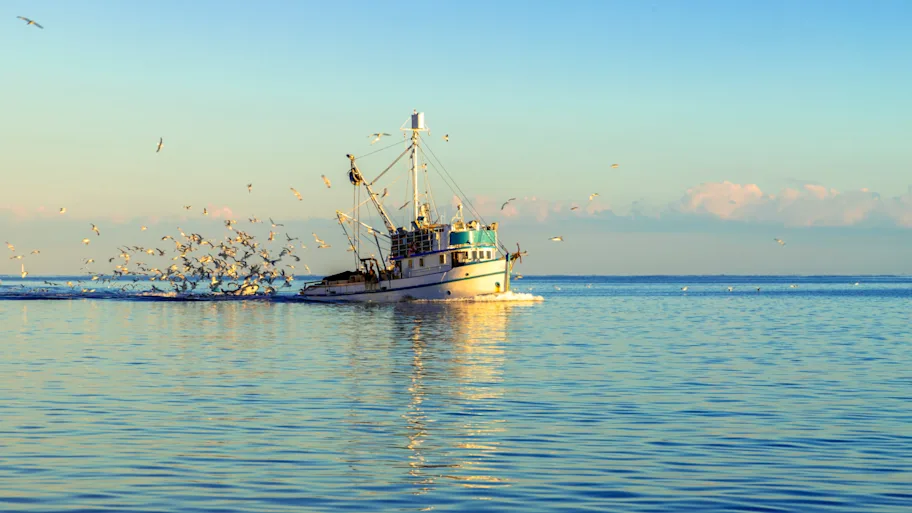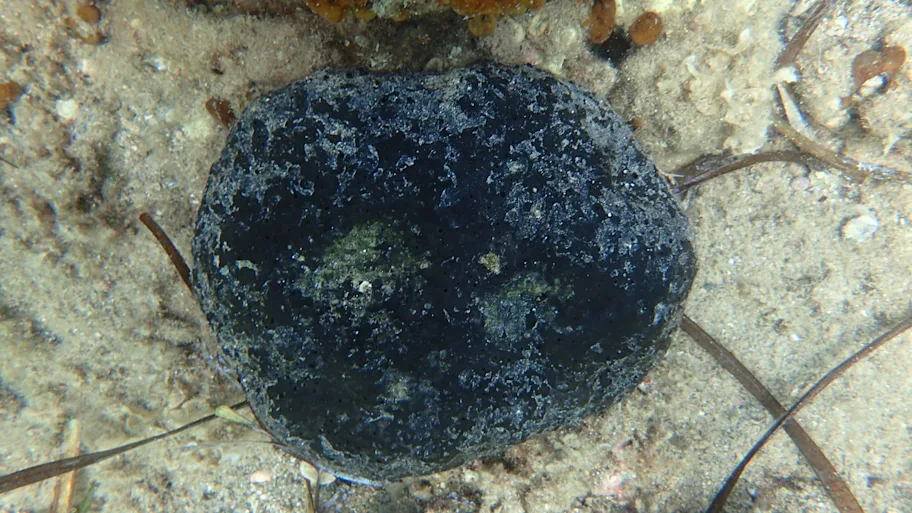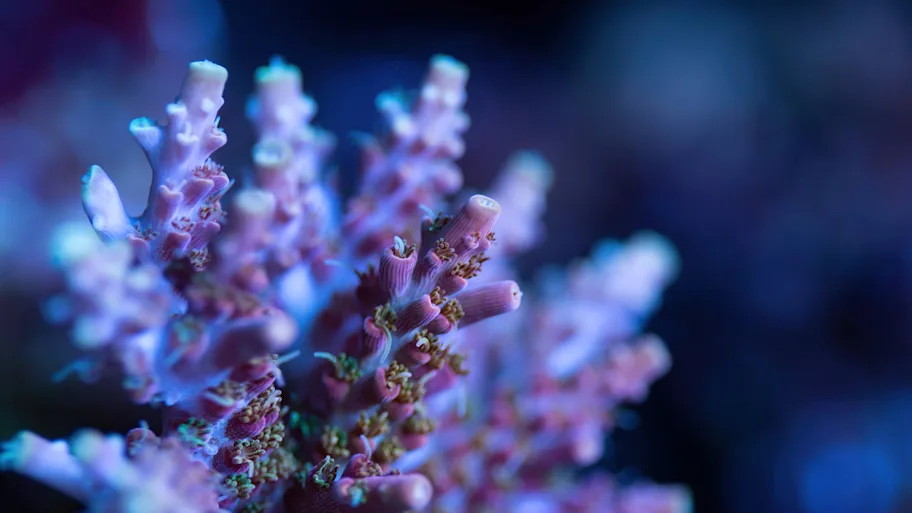
- Science news
- Featured news
- How does a tiny shrimp find its way home in a vast ocean? Study finds it’s down to their cave’s special smell
How does a tiny shrimp find its way home in a vast ocean? Study finds it’s down to their cave’s special smell

Researchers from France have shown for the first time that mysid shrimp can distinguish between seawater from their cave of origin and that from nearby caves. This recognition behavior, based on local differences in water-borne odor mixes or ‘chemical seascapes’, is likely what enables the shrimp’s homing behavior when they return each dawn from their foraging trips in open water.
Homing is an animal’s ability to navigate towards an original location, such as a breeding spot or foraging territory. Salmon and racing pigeons are famous for homing, but similar behaviors occur in groups as diverse as bees, frogs, rats, and sea turtles. There, homing individuals are known or suspected to rely on landmarks, the Earth’s magnetic field, or the sky’s pattern of polarized light to find their way back.
Another group known to display homing are cave-dwelling mysid shrimp, also known as possum shrimp for the pouches in which females carry their larvae. Results from previous studies suggested that mysids might use chemical cues to navigate to underwater caves, in the same way that coral larvae and coral-dwelling fish can distinguish between healthy and disturbed reefs.
“Here we show for the first time that mysids can tell the water-borne odor bouquet – its so-called chemical seascape – characteristic of their home cave apart from that of nearby caves,” said Dr Thierry Pérez, CNRS research director at the marine research station of Endoume near Marseille in France, and the lead author of a new study in Frontiers in Marine Science.
“This strongly suggests that these distinctive seascapes help them find their home cave again when they return from their nightly migrations.”
Cave dwellers
Pérez and colleagues studied the mysid species Hemimysis margalefi, which lives in sea caves in the northwestern Mediterranean. It forms dense swarms, with millions of individuals per cave. It is thought that individuals tend to remain faithful to their natal caves throughout their lifespan – between one and two years. At dusk, they move over hundreds of meters into open water to feed on algae, detritus and other zooplankton. At dawn, they return to the same cave to shelter from predators.
Divers sampled seawater from three caves in Calanques National Park off southern France, called ‘Fauconnière’, ‘3PP’, and ‘Jarre’. These lie between 11 and 24 meters underwater, and between 8km and 20km apart.
The researchers caught hundreds of adult H. margalefi from the Fauconnière and Jarre caves. For comparison, they also collected individuals of another mysid – an unnamed species in the genus Leptomysis – which doesn’t reside in caves but lives in shallow waters near Endoume station.
In each experimental trial, they placed a single shrimp at the origin of a Y-shaped channel. Each arm was connected to a 10-liter tank filled with seawater from one of the caves. This water flowed out of the tanks into the channel at a rate of 50 milliliters per minute, carrying any water-soluble metabolites.
Each shrimp was thus given the choice between water flows native to two caves, while time spent per arm was a proxy for their preference. Water from the 3PP cave was always used as the control. Between trials, the channel was emptied and rinsed with control water, after which the tanks were swapped between the arms.
In total, the researchers tested 286 individuals, of which 230 were H. margalefi and 56 were Leptomysis. Trials were conducted in the morning and afternoon, to test for any effects of the time of day on the shrimp’s preferences – but this turned out to have no effect.
No place smells like home
The results showed that H. margalefi strongly preferred water from their own cave. For example, individuals from Jarre cave spent 16 times longer in arms with Jarre water than in arms with 3PP water, while individuals from Fauconnière cave spent three times longer in arms with Fauconnière water than in arms with 3PP water.
In contrast, individuals from Jarre cave had no preference for Fauconnière over 3PP water, while individuals from Fauconnière cave had no preference for Jarre over 3PP water. Likewise, the non-cave dwelling Leptomysis never had a preference for one type of water over another.
The researchers used ultra-high-performance liquid chromatography coupled with high-resolution mass spectrometry (UHPLC-HR-MS) to reveal differences in metabolites between caves. These results showed that the seascape was mainly composed of natural peptides, fatty acids, steroids, and alkaloids, as well as anthropogenic pollutants. The chemical signature of Jarre water was highly distinct from that of Fauconnière water, while that of 3PP water was intermediate between these two.
The researchers hypothesized that sessile organisms like sponges, abundant in these caves and known to produce many specialized metabolites, are major contributors to the local seascape.
“We know that food availability in marine cave ecosystems largely depends on the daily migrations of zooplankton such as mysids. Our results suggest that any change in water quality or sessile fauna inside caves can alter their chemical seascape, with a likely negative impact on the functioning of the whole ecosystem,” said Pérez.
“This is concerning, because due to global change, mass mortality of sponges and corals are becoming more frequent.”
“We are currently following up on our results by trying to correlate the chemical seascapes from different caves with the biodiversity of sessile organisms living in them, focusing on the role of metabolites from sponges and corals.”






